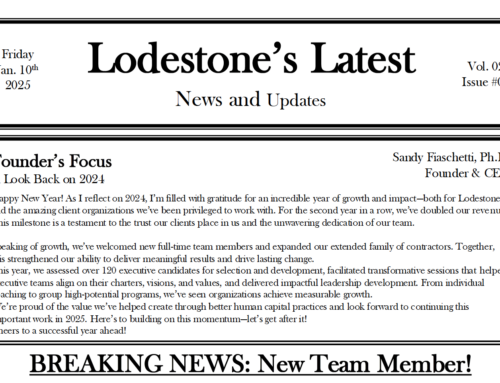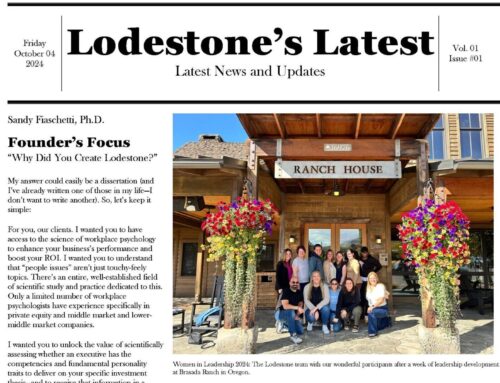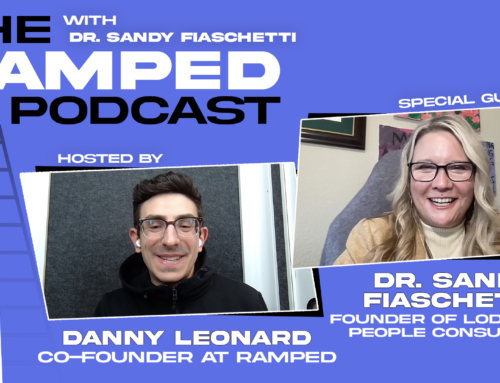
Recently, we engaged with a leader in one of our PE client organizations who remarked that the number one reason for executive failure in his portfolio companies was the failure of hired CEOs to execute or drive change. A key imperative for new CEOs must be to build a High-Performance Team to drive changes and execute strategy.
Regarding Execution
We know from our experience that execution has both structural and human components. We believe that most of the failure to execute ultimately comes from a failed human and team process. The assumption, given the intellect and experience of the C-level leaders we work with, is that they have the capability to structure the organization to focus on priorities that require the definition of processes and the measurement of impact through KPIs.
Regarding change
The cultural tone and set of values that are needed to create the context for change require openness to challenges, feedback, and a high willingness to be vulnerable. CEOs who fail to be vulnerable or open to divergence often fail to drive change. Vulnerability builds trust, gives people permission to be imperfect, and grants the opportunity to “fail forward.”
The trust faultline in an executive team’s foundation is created by missteps in building trust at the onset of resetting or building a team from scratch. Peeling it back one additional level, it results from a failure to understand each other’s INTENT!
Trusting vs. Assuming Intent
We often coach leaders to assume positive intent when interdependencies are at play either within or across groups, and especially when they haven’t been able to truly get to know each other. Post Covid hybrid work environments can further exacerbate or amplify this challenge.
Trust is often eroded or broken when people make incorrect assumptions about the motivations or intentions of others. Or, put another way, when people’s true values and intentions are not understood or explored. The question is, what does it really take to get to the point of making correct assumptions of another’s intent?
The paradox of speed
“slow it down to speed it up.”
At Lodestone, we drive the acceleration of execution and innovation with our clients by helping them to “slow it down to speed it up.” What is this “it”? “It” is simply getting to truly know each other in order to appreciate a diversity of perspective, styles, capabilities, and values, as well as to see others’ true selves and motives. In slowing down, we encourage newly hired CEOs to take active steps to build team spirit and trust, and we are often invited in to help facilitate the process.
The first of Lodestone’s team building sessions is called Knowing Me Knowing YOU. It is rooted in this first step of getting to know each other. Leaders disclose who they are, what they desire (hopes), what they may fear (vulnerabilities), and what they value (their intentions). When these critical “mistrust inoculation” steps are not taken, the team will be significantly more likely to operate on a precarious faultline of mistrust and misattribution of intent.
When teams assemble around new CEOs and proactive trust development (like our Knowing Me Knowing YOU session) happens, execution will be accelerated and so too is the willingness to take chances to drive much needed innovation and change.




